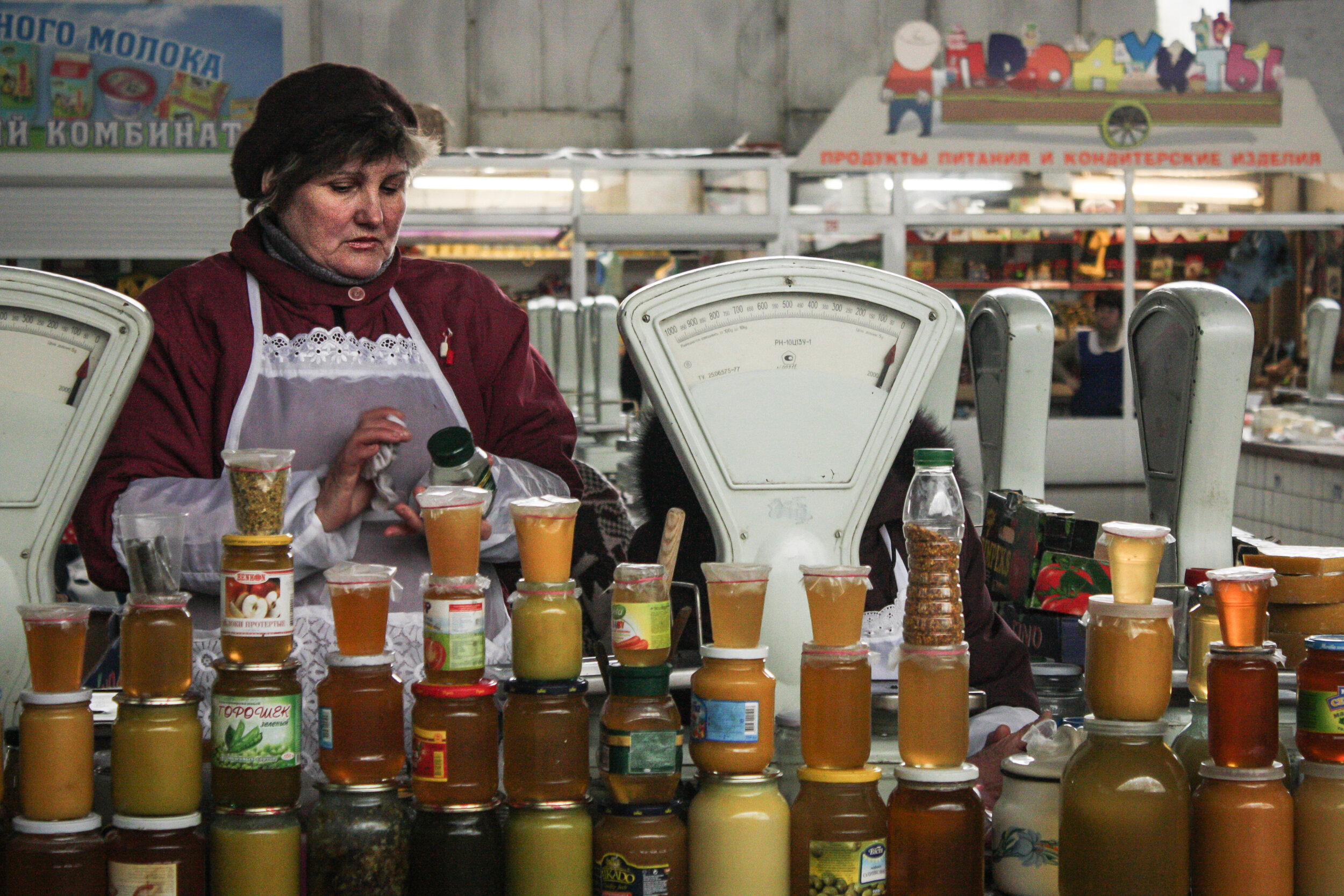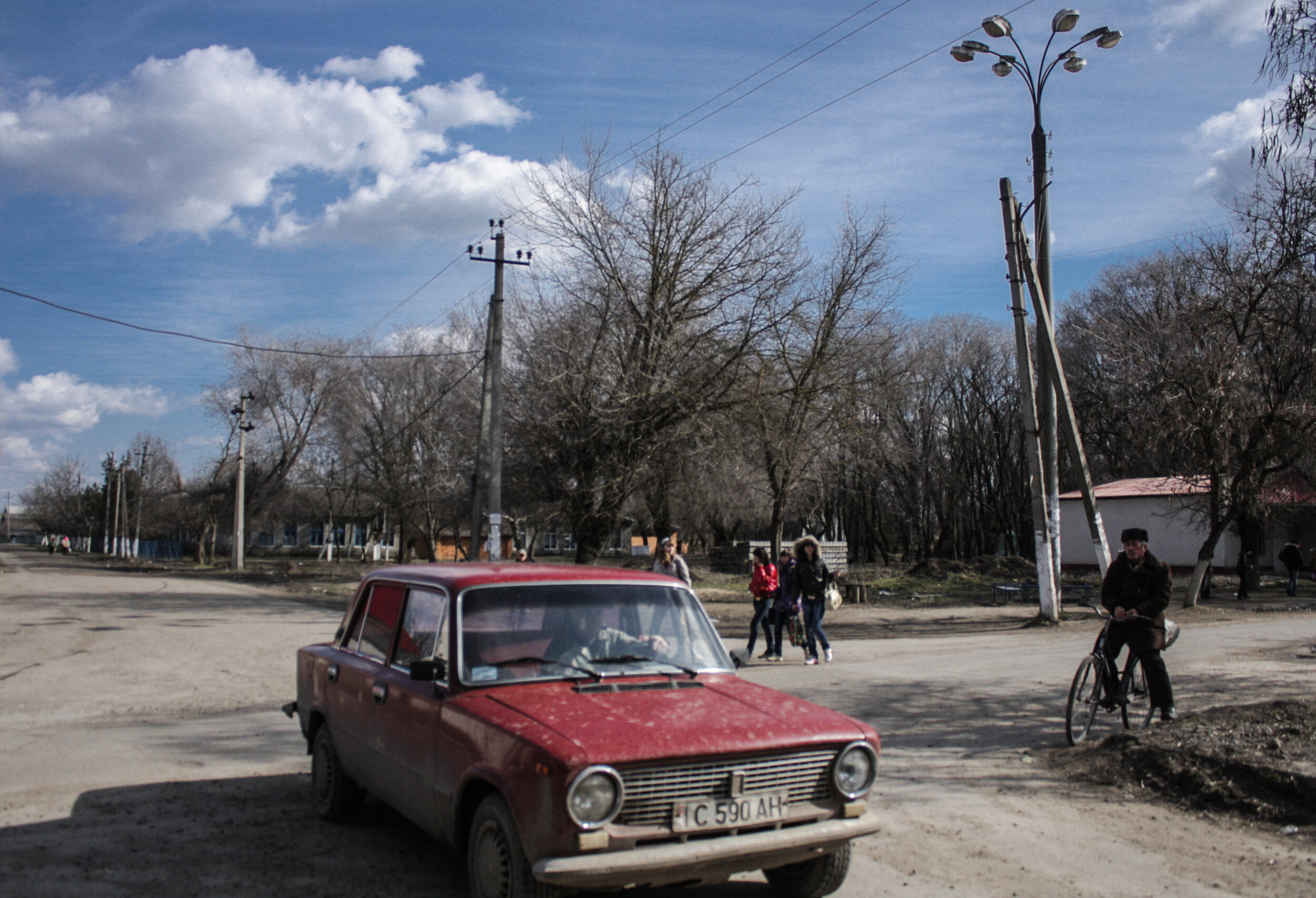SOVIET EUROPE’S FORGOTTEN COUNTRY
Often labelled as the “country that does not exist”, Transnistria is, in fact, a very real (albeit rather small) territorial entity squeezed between Moldova and Ukraine. The renegade Republic of Transnistria, officially known as Pridnestrovian Moldavian Republic, seceded from Chisinau after a short but bloody conflict in 1992 and remains a geopolitical conundrum. Unsolved-disputes notwithstanding, Transnistria represents an extremely compelling travel destination with a vast array of USSR-era sights that will please any Soviet-buff, geopolitics-geek, adventure-seeker and odd wanderer curious enough to cross over the Dniester.
WHERE IS TRANSNISTRIA? HOW DO I GET THERE?
Transnistria is a narrow strip of land sandwiched between Ukraine and Moldova, from which it ultimately seceded in 1992. All border crossings with Ukraine and Moldova are open to international travellers and relatively easy to pass. The two most popular routes to reach Transnistria remain, however, the Chisinau-Bender-Tiraspol main axis (if coming from Moldova) and the Odessa-Kuchurhan-Tiraspol road/railway (if coming from Ukraine). Crossing into Transnstria from Ukraine is, in theory, deemed as illegal by the Moldovan authorities. In practice, however, nobody cares.
ESSENTIAL MODERN CHRONOLOGY
1924: Incorporation into the Soviet Union as an autonomous region within the Moldovan ASSR, then part of the Ukrainian SSR.
1940: The Moldovan ASSR is upgraded to a full-fledged Soviet Republic after the Soviet Liberation of Bessarabia.
1990: Demands for more autonomy in Transnistria lead to political squabbles with the Chisinau-based government.
1991: Dissolution of the Soviet Union and consequent rise of destructive nationalist movements.
1991-1992: Moldovan-Transnistrian War: Transnistria becomes a de facto self-ruling Russian-supported geopolitical entity.
2011: Moldovan-Transnistrian Thaw: the conflict remains unsolved de jure but commercial, cultural and even political relations between the two countries sensibly improve.
5 REASONS WHY YOU SHOULD VISIT TRANSNISTRIA
Melancholic (post)-Soviet Atmospheres: countryside hamlets frozen in time, crumbling Soviet-era remnants and a rich cornucopia of socialist monuments, memorials and public art.
Delicious local cuisine: hearty Eastern European meals and soul-burning homemade spirits.
Inspiring Soviet Architecture: awe-striking Stalinist and modernist buildings and gargantuan concrete apartment blocks.
Welcoming locals: proud and gentle people of genuine curiosity and heartwarming hospitality.
Unusual sights: forgotten jewish heritage, cognac factories and abandoned airports.
BEST TIME TO VISIT TRANSNISTRIA
Late spring (May-June) and late summer (from mid-August to September) are ideal: comfortably warm days and slightly chilly nights. Festivities and celebrations worth travelling for include Victory Day (May 9) and Independence Day (September 02), both marked by grandiose parades and photogenic expressions of national pride.
IS IT SAFE TO TRAVEL TO TRANSNISTRIA?
Short answer: yes, definitely safe.
Long answer: while it is generally ok to walk on your own in Tiraspol after dusk, we recommend to stick to well-lit streets and avoid walking alone when nobody’s around. Aggressive drinking behaviours belong to those Western stereotypes about the “Wild East” that rarely match the actual reality; still… be careful if you see a bunch of young man hanging around with half-emptied vodka bottles in their beefy hands.
VISA AND CURRENCY
The country’s official currency is the Transnistrian Ruble. Most upmarket establishments, such as hotels and restaurants, accept US Dollars and Euros as well as international credit cards. ATMs are widely available but only a few of them will take non-local cards. As of May 2020 you don’t need a visa to visit Transnistria, passports are not stamped upon entry and you'll just get a slip of paper (called “entry card”) at the border. You’ll need to provide an address of where you are staying, tell the officer how long you want to stay in Transnistria, and you’ll get the entry card for that exact amount of time, up to a max of 45 days.
LANGUAGE AND RELIGION
Russian, Ukrainian and Moldovan (here still written in its Soviet-era Cyrillic form) are the three official languages of the republic. English-speakers are rare in Transnistria but communication skills in Eastern Europe easily overcome language barriers.
ONE MOVIE AND ONE BOOK
🎥Transnistria, Anna Eborn (2019).
📖Heroic Adventures in Transnistria, Rory MacLean (2014).
OUR ITINERARIES IN TRANSNISTRIA
Here you can find the detailed itinerary of our standard tour to Transnistria. We offer fully-guided, all-inclusive, Soviet-themed tours to Transnistria on a regular basis. We do, however, also cater for small closed groups and lone wolves alike. Tailored private tours are, in fact, our speciality. Whether you are interested in a particularly remote area, secretive ethnicity, unusual activity and/or off-the-beaten-path attraction within Transnistria or simply looking for an hit-and-run visit to Tiraspol from Chisinau or Odessa, what you just need to do is to tell us about the stuff you care and how many days off you got: we will then easily meet your needs with a unique tour individually designed according to your preferences. Get in touch for more info on our private tours to Transnistria!
© Gianluca Pardelli | www.gianlucapardelli.com






